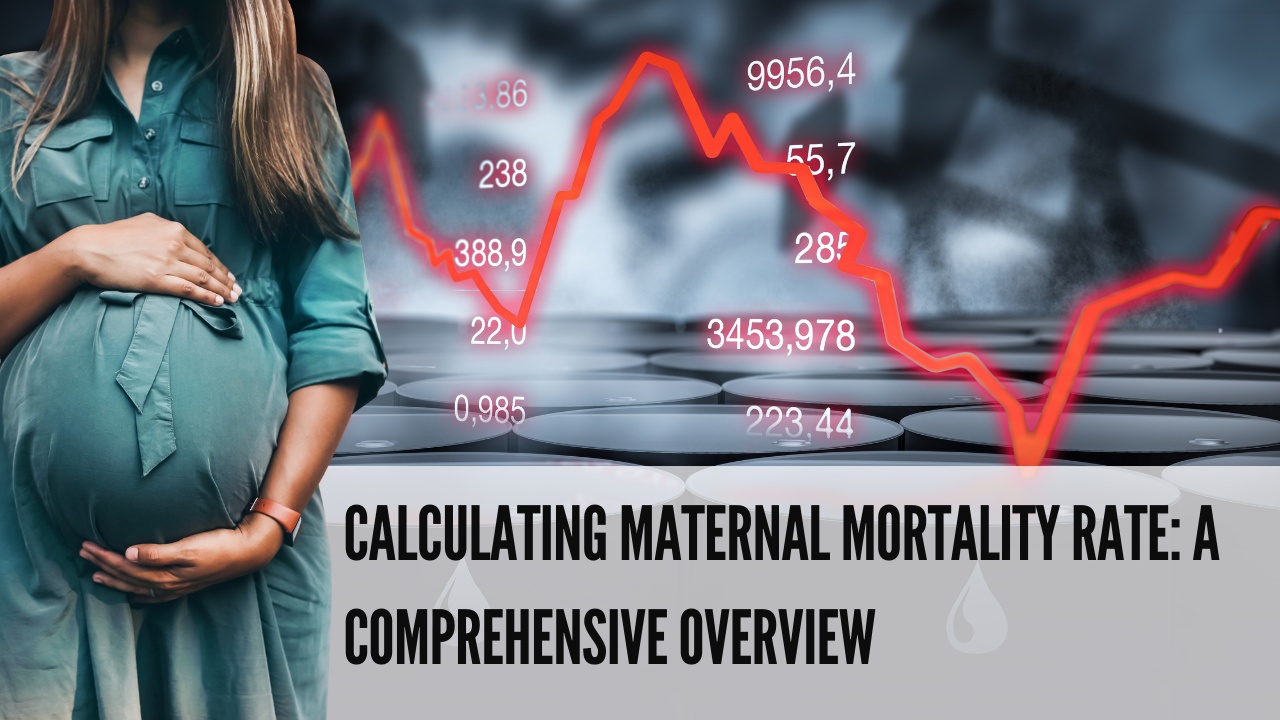Currently Empty: $0.00
Calculating Maternal Mortality Rate: A Comprehensive Overview
 Maternal mortality rate (MMR) is a critical indicator of a nation’s healthcare system and the well-being of its women. It reflects the number of maternal deaths that occur during pregnancy, childbirth, or within 42 days postpartum, per 100,000 live births. Calculating MMR is essential to assess the progress of healthcare interventions, identify areas of concern, and formulate policies that aim to reduce maternal mortality. This article provides a detailed insight into the methodologies and factors involved in calculating the maternal mortality rate.
Maternal mortality rate (MMR) is a critical indicator of a nation’s healthcare system and the well-being of its women. It reflects the number of maternal deaths that occur during pregnancy, childbirth, or within 42 days postpartum, per 100,000 live births. Calculating MMR is essential to assess the progress of healthcare interventions, identify areas of concern, and formulate policies that aim to reduce maternal mortality. This article provides a detailed insight into the methodologies and factors involved in calculating the maternal mortality rate.
Contents
Methodologies for Calculating MMR:
Direct Method: The direct method is a commonly used approach to calculate MMR. It involves collecting accurate data on the number of maternal deaths and the number of live births within a given time frame. The formula for calculating MMR using the direct method is:

For instance, if a country had 300 maternal deaths and 250,000 live births in a year, the MMR would be calculated as:

Indirect Method: The indirect method is used when accurate data on maternal deaths are not available or are unreliable. This approach estimates MMR by utilizing other demographic and health data. The formula for the indirect method is more complex and involves several calculations based on death distribution ratios, age-specific fertility rates, and other population data.
Factors Affecting MMR:
Several factors contribute to the maternal mortality rate, and understanding these factors is crucial for designing effective interventions:
- Access to Quality Healthcare: Lack of access to quality healthcare, especially in rural and underserved areas, can lead to delayed or inadequate medical attention during pregnancy and childbirth. This increases the risk of complications and maternal deaths.
- Skilled Birth Attendance: The presence of skilled healthcare professionals during childbirth significantly reduces the risk of complications and maternal deaths. Areas with a shortage of skilled birth attendants tend to have higher MMRs.
- Socioeconomic Status: Women from lower socioeconomic backgrounds often face barriers to accessing healthcare services. Poverty, limited education, and inadequate nutrition can contribute to poor maternal health outcomes.
- Cultural Practices and Gender Inequality: Cultural practices that discourage women from seeking medical care during pregnancy and childbirth, along with gender inequalities, can exacerbate maternal mortality.
- Quality of Maternal Care: The quality of maternal care plays a vital role in preventing complications and deaths. Inadequate facilities, lack of essential medications, and poor infection control can contribute to adverse outcomes.
- Maternal Age and Parity: Teenage pregnancies and pregnancies among older women carry higher risks of complications, contributing to increased maternal mortality.
- Pre-existing Health Conditions: Underlying health conditions such as diabetes, hypertension, and infections can escalate during pregnancy, leading to complications and maternal deaths.
Challenges in Calculating MMR:
Accurately calculating MMR is often hindered by several challenges:
- Underreporting of Maternal Deaths: In some regions, maternal deaths are underreported due to cultural norms, stigma, or lack of accurate reporting systems.
- Data Collection and Recording Issues: Inadequate data collection systems, especially in resource-limited settings, can result in incomplete or inconsistent reporting of maternal deaths and live births.
- Delayed Reporting: Maternal deaths occurring after the 42-day postpartum period are often not included in official statistics, leading to an underestimation of MMR
- Lack of Standardization: Different countries may use varying definitions and criteria for classifying maternal deaths, making international comparisons challenging.
Conclusion:
Calculating the maternal mortality rate is a complex endeavor that requires accurate and comprehensive data collection. By understanding the methodologies, factors, and challenges associated with calculating MMR, governments, healthcare organizations, and policymakers can work together to develop targeted interventions aimed at reducing maternal mortality. Improving access to quality healthcare, addressing cultural norms, and promoting gender equality are vital steps toward achieving a significant reduction in maternal deaths worldwide.
You can also Read More About – The Challenges of Maternal Care in Rural India














